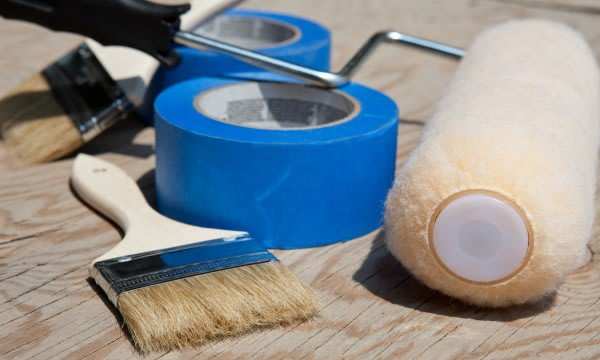If you dread the moment, often tedious, where you have to clean your paint material, read on and discover a technique of maintenance in 4 easy steps!

The cleaning of the pro in 4 easy steps
- Press, empty and scrape excess paint from your paint brushes, brushes, pads, rollers and trays to pour it back into the pot. Wipe what remains on old rags, newspaper or cardboard, then throw away them.
- For cleaning, use a 5 liter (more than one gallon) bucket. Fill it with hot water and a few drops of dishwashing liquid if the paint is in water or pour 5 to 10 centimeters (2 to 4 inches) of mineral spirits or turpentine If it is an oil painting. At the end of the operation, cover the bucket and let the dirty liquid stand.
- Use another 5-liter (more than 1 gallon) bucket for rinsing. Pour clean warm water if the paint is in water, thinner if it is an oil painting. Again, let the liquid rest after covering the bucket.
- The solid residue should settle at the bottom of the bucket overnight. The next day, remove the relatively clear liquid that floats – discard the water, but collect the thinner. Scrape the solid mass from the bottom of the bucket, place it on old newspapers and discard them.
Secret of Painter
To refresh an old brush with stiffened hair, soak it for 15 minutes in hot vinegar. Then wash it in warm water with dishwashing liquid, rinse it and let it dry in the open air.
For soft bristles
- So that the bristles of a new brush destined for the oil paint remain flexible, impregnate them with a little petroleum jelly.
- Before use, rinse the brush in mineral spirits or turpentine.
- Never run it under water, it tends to make the hair dry and fragile.
With these 4 steps of cleaning, become a pro of painting!
You will be able to use your equipment later instead of buying new ones.
A soak in very hot vinegar will give a second life to this old brush that you think is finished! For new brushes, use petroleum jelly and mineral spirits or turpentine and the hairs will have the perfect flexibility!
To your brushes!
